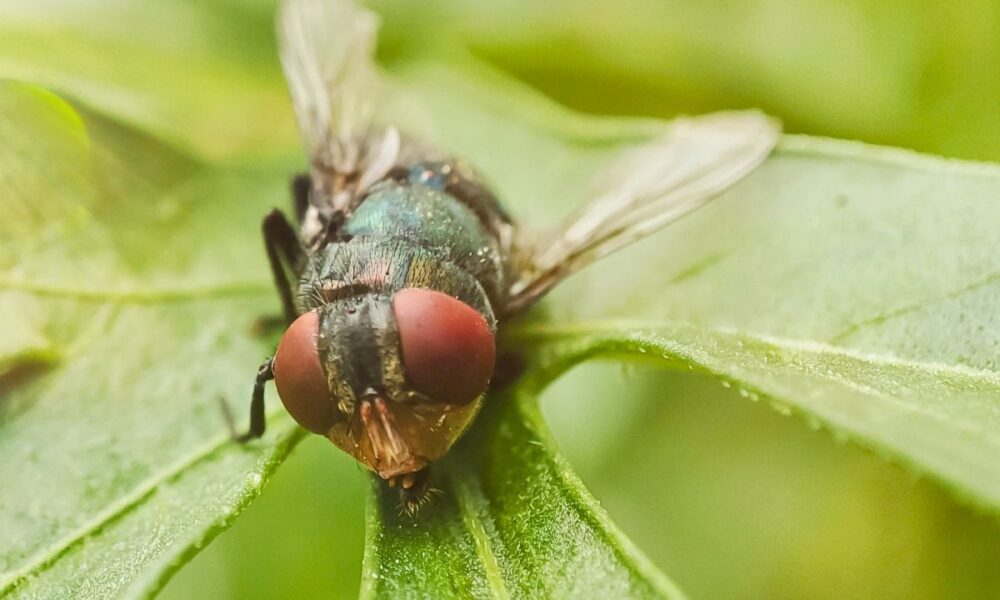(Texas Scorecard) – With Texas agriculture officials warning of the dire threat posed by a flesh-eating parasite advancing toward the U.S.-Mexico border, state lawmakers are considering how to confront the looming reemergence of the New World screwworm—an invasive pest experts say could devastate the state’s livestock and hunting industries unless swift action is taken.
The New World screwworm is a parasite native to South America that eats the tissue of warm-blooded mammals.
Agriculture Commissioner Sid Miller testified before the House Agriculture and Livestock Committee, explaining that the New World screwworm is not a new pest, as the first outbreak occurred in 1930. Miller reported that it took the U.S. government until 1966 to fully eradicate the pest back to the Darian Gap in Panama.
Texas State Veterinarian Dr. Lewis R. Bud Dinges from the Texas Animal Health Commission provided background on the screwworm.
“The New World screwworm fly lays eggs in open wounds and orifices of living tissue,” explained Dinges. “The eggs hatch into parasitic larvae, and the maggots burrow, or screw—with their sharp mouth—hooks into living flesh.”
Dinges further explained that the screwworms’ burrowing can expand the wound and lead to deadly results for the animal.
Although the most common animals infected with the pest are livestock and wildlife, there have been cases of cats, dogs, and even humans being infected by the parasite as well.
During the hearing, multiple methods of combatting the invasive species were mentioned, including the use of sterile male fly releases and chemical bait.
The first case of the New World screwworm in Mexico was reported in November 2024, and was 1,100 miles from the U.S.-Mexico border.
In May 2025, the U.S. Department of Agriculture discontinued livestock imports from Mexico in an attempt to stop the spread of the screwworm into the United States.
USDA Secretary Brooke Rollins included specific ports in a risk-based phased re-opening plan on July 7, but the plan was immediately shut down two days later when a case of screwworm was newly confirmed only 370 miles from the border.
Phil Kaufman, head of the Department of Entomology at Texas A&M’s College of Agriculture and Life Sciences, told the committee that if the screwworm does make its way into Texas, the results could be devastating to the cattle and hunting industries.
Kaufman estimated that possible losses may reach $2.1 billion for the cattle industry and $9 billion for the hunting industry.
Several witnesses admonished the committee to pursue action steps to combat the screwworm before it spreads into the U.S.
“I strongly urge the committee and the Legislature as a whole to explore proactive measures,” Heath Grigg, vice president and general manager of ranching, wildlife, and farming operations for King Ranch, told the committee.
“Especially when looking at emergency response planning and making sure our Texas Animal Health Commission and Texas Parks and Wildlife Department have the resources to act fast if the screwworm crosses our border,” he added.
No action steps were decided on or discussed by the committee during the meeting.
Gov. Greg Abbott recently directed the Texas Parks and Wildlife Department and the Texas Animal Health Commission to establish a joint Texas New World Screwworm Response Team.


